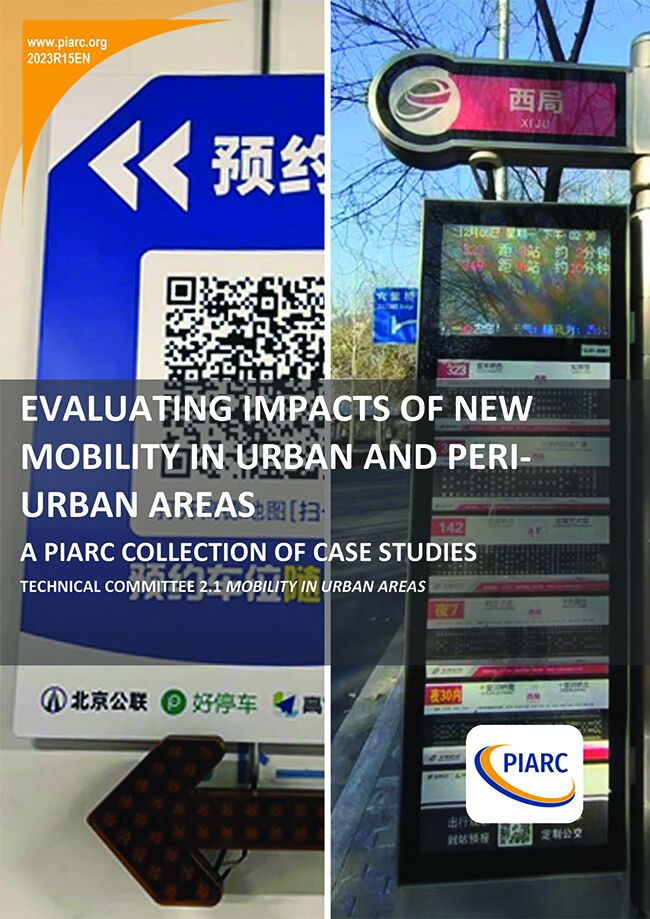Evaluating Impacts of New Mobility in Urban and Peri-Urban Areas - Collection of case studies

In urban areas, accessing services, education, workplaces and/or goods requires efficient mobility systems. In recent years, various transport technology developments have started to enable more efficient mobility across the world. Innovative transport solutions and sharing contracts, including new technologies, new business models, new types of infrastructure and sharing systems are being developed to maximize the effectiveness of transport systems in urban regions. Through the integration of multiple transport modes and intelligent systems, there is a significant opportunity to deliver better access and mobility for all transport users. The management of new urban mobility will be one of the main future tasks of public governance, to help ensure these developments provide more efficient and effective access and mobility in a way that also meets the wider needs of citizens’ and city-users.
During the Covid-19 pandemic there were travel restrictions across the world. The pandemic strongly influenced people’s travel patterns and their frequency of travel, especially in relation to the proximity between people using public transport systems. The new mobility concept is a dynamic task that has also been influenced in recent years due to the Covid-19 pandemic.
Since the transport systems have to address many future challenges in terms of sustainable ways of travelling, sustainable mobility still is the goal for public administrations.
The goal of the Technical Committee 2.1 is to establish a shared knowledge base to help guide policy development and decision-making on urban mobility, and to raise awareness of best practice. Considering the purpose, this work seeks to reflect the efforts the different uses of a wide variety of new mobility initiatives around the world.
The aim of this project is to collect case studies relating to new mobility in urban and peri-urban areas from all over the world, and to use these case studies to identify good practices for achieving success.
Information sheet
- Date: 2023
- Author(s): Comité technique / Technical Committee / Comité Técnico 2.1 Mobilité dans les zones urbaines / Mobility in Urban Areas / Movilidad en zonas urbanas
- Domain(s): Urban Mobility
- Type: 2023R15EN - Collection of case studies
- PIARC Ref.: 2023R15EN
- ISBN: 978-2-84060-778-6
- Number of pages: 124